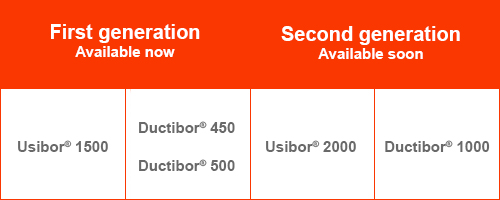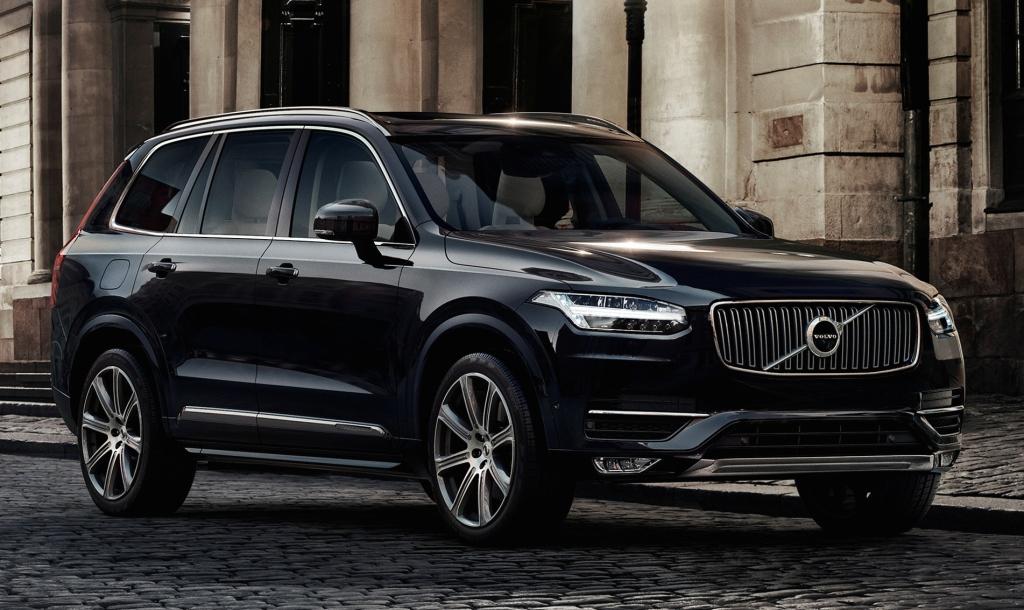ArcelorMittal’s range of press hardenable steels (PHS) already offer automotive designers a unique opportunity to create lighter and stronger solutions. But the introduction of two new products – Usibor® 2000 and Ductibor® 1000 – will allow OEMs even greater scope to lighten their vehicle fleet. And when Usibor® and Ductibor® are combined into a single laser welded blank (LWB), the properties of a part can be tailored to achieve additional cost-effective and lightweight solutions.
ArcelorMittal is the only global steelmaker to offer a full range of PHS grades. They enable automakers to achieve:
Hot forming has become very important to the automotive industry as a way of meeting specific crash-performance criteria and ensuring low overall weight at an affordable cost. Global automakers use the process to produce structural automotive parts such as: B-pillars; roof frames and bows; bumpers; stiffeners; sills; and cross members.

ArcelorMittal’s current hot stamping products (Usibor® 1500 and Ductibor® 500) account for more than 20 percent of most vehicle bodies-in-white manufactured in the world today. This has already been increased to 40 percent by carmakers such as Volvo in the recently released XC90.
With the introduction of ArcelorMittal’s second generation PHS steels, OEMs will gain access to the materials they need to reduce vehicle weight even further. In turn, this will give them the design freedom they need to create lightweight mobility solutions. ArcelorMittal’s recent S-in motion® projects for mid-size sedans and SUVs have shown that weight savings of up to 26% are achievable for the body-in-white (BIW) compared to existing grades.
Ductibor® 1000 is already available for qualification in Europe and North America. Usibor® 2000 samples are available in Europe now and will be available in North America in early 2017.
Usibor® 2000 has been under development by ArcelorMittal for some time and is compatible with standard press hardening technologies and processes. An aluminium-silicon coated advanced high strength steel (AHSS), Usibor® 2000 is more than 30 percent stronger than its popular predecessor Usibor® 1500. According to Jean-Luc Thirion, head of ArcelorMittal Global R&D for automotive: “Usibor® 2000 could typically bring 10 to 15 percent weight savings when compared to existing hot stamping solutions.”

Usibor® 2000 can be used for monolithic parts or as LWBs in combination with Ductibor® 1000. When used in monolithic parts, Usibor® 2000 is ideal for applications where deformation must be avoided.
Ductibor® 1000 is ideal for monolithic parts which require higher ductility than Usibor® 1500 can provide. Ductibor® 1000 is also used to save weight on energy absorption applications. Typical examples include front and rear rails.

Usibor® 2000 is ideal for monolithic applications where deformation must be avoided.
LWBs give carmakers a unique opportunity to further optimise their vehicles by combining different grades of PHS to ensure the right steel is in the right place. This reduces the weight of the part significantly while improving safety and crash performance.
The properties of Ductibor® 1000 complement those of Usibor® 2000 when the two steels are combined into a single LWB. The LWBs created from this combination of steels offer several significant advantages including:

LWBs can combine Usibor® 2000, Usibor® 1500, Ductibor® 1000, or Ductibor® 500 to ensure the right steel is in exactly the right place.
ArcelorMittal continues to develop the broadest range of automotive steels to help OEMs achieve their lightweighting goals at an affordable cost. Products such as Fortiform®, MartINsite®, and the new Usibor® and Ductibor® grades are further proof of ArcelorMittal’s commitment to the industry. These cutting-edge materials will ensure that steel remains the cost-effective lightweighting solution for carmakers, long into the future.
ArcelorMittal is working directly with carmakers to help them maximise the lightweighting potential of LWB. Volvo’s new XC90 SUV makes extensive use of hot stamped PHS grades such as ArcelorMittal’s Usibor® 1500, the strongest steel currently available to the automotive industry. In fact, 40 percent of the Volvo XC90 is made up of PHS – the highest level in any vehicle on the road today. The extensive use of PHS has helped to qualify the XC90 as the Euro NCAP Safest Car 2015, and seen the vehicle included in the Sunday Times Top 100 Cars of 2016. The XC90 also won the TOP SAFETY PICK+ safety award from the Insurance Institute for Highway Safety (IIHS) in North America.
Read more...
In 2014, Honda unveiled the industry’s first hot-stamped, laser-welded door ring for the Honda Acura MDX. This innovation, developed together with ArcelorMittal, significantly lowered the weight of the door ring while bringing improvements to the vehicle’s safety performance.
Read more...
In 2016, ArcelorMittal and Chrysler took LWB technology to the next level by refining the side structure of the 2017 Chrysler Pacifica. The new structure is the result of 36-months of R&D, 2,000 engineering hours, and approximately 300 design iterations. The result is the world’s first five-piece, hot-stamped laser-welded door ring, combined with a hot stamped B-pillar. The new part brings significant advantages for Chrysler including: